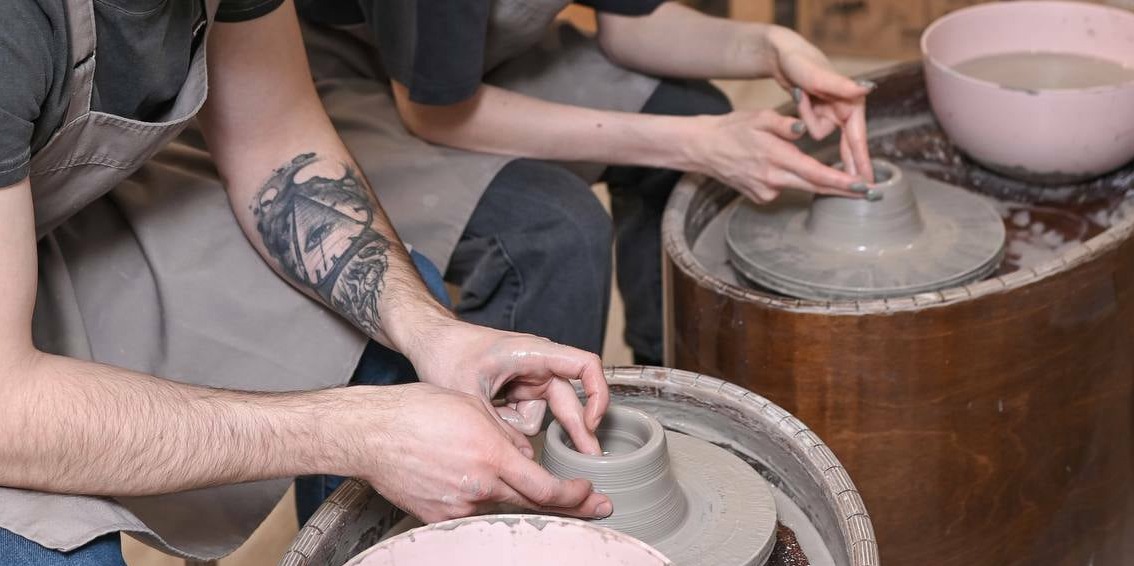
Exploring the Beauty of Glazing Techniques
Glazing is a crucial step in the pottery-making process, transforming plain clay pieces into vibrant works of art. The application of glaze not only adds color and texture but also makes the pottery functional by creating a waterproof surface. There are various glazing techniques, each offering different effects and finishes.
One popular technique is dipping, where the pottery piece is submerged in a bucket of glaze. This method ensures an even coating and is ideal for covering large surfaces quickly. Dipping is often used for functional ware like bowls and plates, providing a smooth and consistent finish.
Brushing is another common glazing technique, allowing for more control and precision. Artists use brushes to apply glaze, which can be useful for detailed work or creating specific patterns. This method is excellent for adding decorative elements and highlights to a piece.
Spraying glaze is a technique that can create a fine, even layer of glaze on the pottery. It's particularly useful for achieving gradient effects or applying multiple layers of different glazes. Spraying requires some practice but can result in beautiful, professional-looking finishes.
Another interesting technique is wax resist. Artists apply wax to certain areas of the pottery before glazing to prevent those areas from being coated. This method can create striking contrasts and intricate designs, adding depth and complexity to the piece.
Experimenting with different glazing techniques can open up a world of creative possibilities. Each method offers unique advantages and can be combined to achieve stunning results. Glazing is where the magic happens, turning simple clay forms into breathtaking works of art.